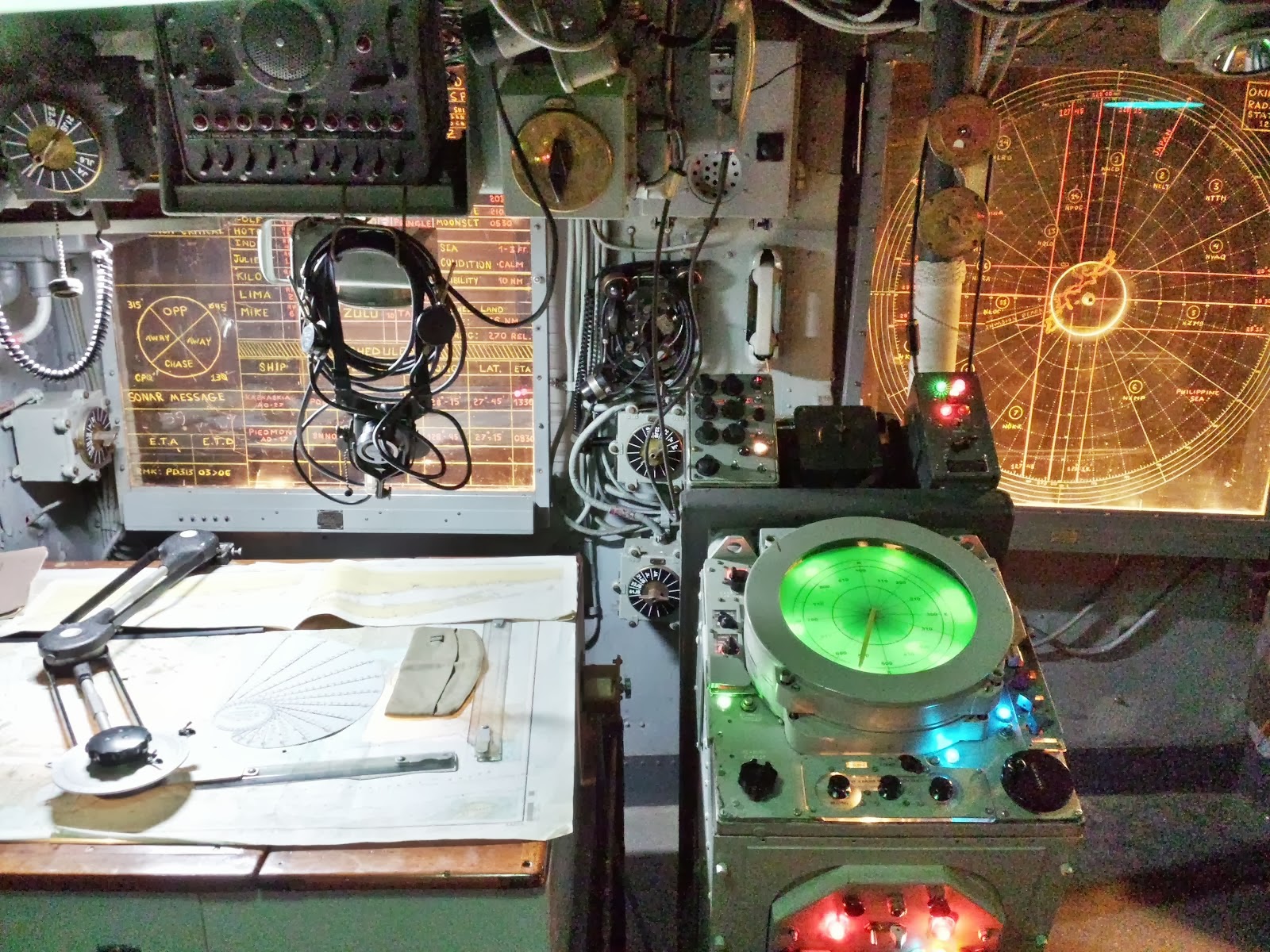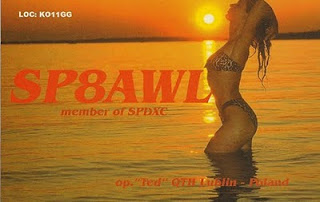Getting a drop from the ARRL bureau is always a nice surprise. Being active in Alaska, these envelopes can get pretty thick. Like a kid at Christmas, I thumb through all of the cards looking at each which has the personal touch of the owner.
With the advent of electronic QSL'ing, many expected hard copy QSL's to dwindle to a drip. I still receive many hard copy QSL cards so the old fashioned way of QSL'ing is still alive and strong. I order 500 at a time and I normally like to change mine each time I order. I enjoy each and every QSL card I get no matter if it's a photo QSL card or just a stand alone stock card. I normally see a handful that really stand out
and I see who printed them for future reference. Most printers put their information on the cards and it's a great way to advertise your business to other hams. Some of the creativity that goes into these QSL cards is outstanding. And as with anything in the world today, the more colors or additions you put on a QSL card, the more expensive it can get. 
I enjoy photography so I now place one of my own pictures on the front of my QSL card. Living in Alaska gives me many opportunities to take lots of photos of wildlife and landscapes and some of those photos (thanks to digital photography) are good enough for displaying on a QSL card that will end up being sent to thousands of hams worldwide. With the large amount of digital photos I have accumulated after living here for over 7 years, it can be a hard decision which to use on my next QSL card. I want to make it worthy of being posted in someone's shack or seen on the wall when a ham's photo appears in a magazine (you are like me and look in the background to see if you can spot your QSL card, right?).
I have each and every QSL card that I have received since getting into ham radio well over 20 years ago. I also have a nice collection of airmail envelopes and stamps from direct QSL'ing. I don't do much direct QSL'ing (I answer all, but I don't send much out myself) as I rely on LOTW confirmations for most of my awards. Someday I will probably have to submit hard copy QSL's to add to my electronic confirmations but until that time, I let the cards flow to me rather then sending hoards out after each and every contest looking for confirmations of new countries or states.

Recently we headed to Seward, Alaska to spend a handful of camping days with our close friends, Sean and Mindy (KL1SF & KL1MF). Both will be leaving soon for the Grand Canyon, so we are squeezing in as much time together as possible before their August departure. With the purchase of our very first travel trailer, we put it to good use. It rained for most of the time (typical) but we did have one nice day! That was the day we gave ham radio a spin.
I configured my Buddipole as a vertical for 20 meters and mounted it off of the back of our trailer. Once I got it tuned, we heard a few signals, mostly out of Europe. The band was very poor and I expect it was due to a solar wind effect but since I did not have internet (other than my Blackberry) I did not go checking. Either way, it was fun to hook up and tune around looking for signals. In this photo, Sean, KL1SF was tuning around on 20 meter SSB listening for stations. I had to take the opportunity to snap a quick photo of the event.
We talk about summer but it is fast coming to an end. The fireweed is nearing the top and our days are getting shorter. As our local morning temperatures remind us that winter (maybe fall) is not far away. I have yet to get working on any of my antenna issues here at home and I hope I don't cut myself short. I do that every year but when summer arrives, we Alaskan's have to go play! Our winters are dark, long, and cold. We really don't want to be stuck working at home. I still have a goal of accomplishing some antenna work for the fall contest season but I also have some home improvement projects to get going on as well. We are already picking ripe blueberries and soon we will once again be driving to work in the darkness. Ham radio does not take a backseat to much in my world but when summer roles in, the shades to the shack get pulled and the "closed for the season" sign gets posted. Do you blame me?
Lately I have been spending a bit more time in the Alaskan backcountry. AT&T, ACS, or any other cellular phone company have coverage in most populated areas but the rest of this large state goes uncovered (excluding satellite). Being prepared is one thing you must do living here. I believe many of the Alaska reality shows have kinda showed that in one way or another. The key to survival here is knowledge, preparation, and communication. This is where ham radio kicks in for me.
After first moving to Alaska, being so far removed from civilization was a bit intimidating. I don't find the backcountry as intimidating anymore because I respect it. When things go wrong here, it's not a matter of will it happen, it's more a matter of when.
Part of my survival kit is taking along my Icom 703 and portable antennas. It may take up a bit more space but no matter what happens, I will most likely have contact with the rest of the world. It gives me that extra piece of mind knowing that if something did go wrong, I have a means of getting help. And not only for me! I could easily drive up on an incident that required emergency personnel response.
What made me think about this today was the fact that in viewing my station logbook, I have not made a contact in well over a month. Does that mean I have not done anything with ham radio? Nope, it's here and I have been enjoying the summer and spending time outdoors and ham radio has been with me all the time. That's the great thing about this hobby, you can take it with you where ever your travels lead. Think about it. A license that is good for ten years, the many modes and bands that we have, and it's there when YOU want or need it. It's nice having that extra piece of mind when we are many miles from the nearest town or cellular tower.










